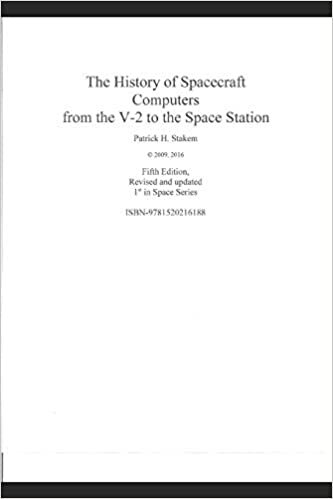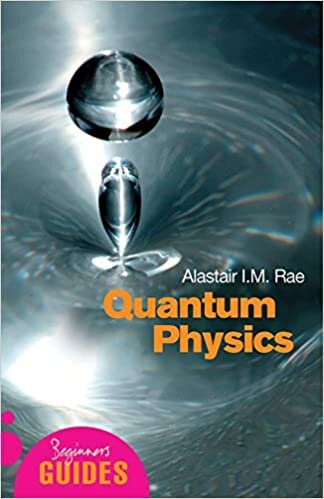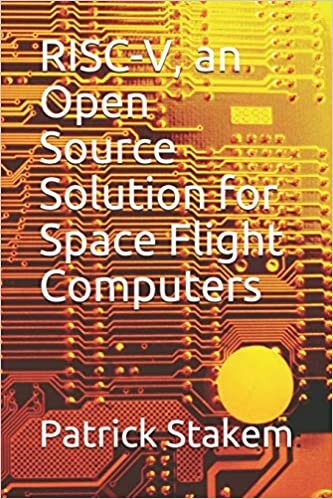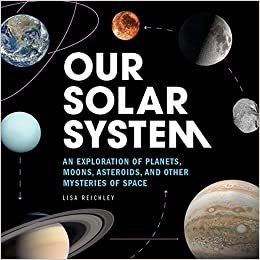The History of Spacecraft Computers from the V-2 to the Space Station
IBOOKS dosya biçimi, işletim sistemlerinden birinde çalışan cihazlar (bilgisayarlar, telefonlar, tabletler vb.) İçin Patrick Stakem yazarından The History of Spacecraft Computers from the V-2 to the Space Station gibi bir e-kitap biçimi olarak geliştirilmiştir. Apple - MacOS veya iOS. Diğer e-kitap dosyaları gibi, örneğin The History of Spacecraft Computers from the V-2 to the Space Station, IBOOKS dosyaları yalnızca metin değil, aynı zamanda grafik ve video bilgileri ile kitap okumak için çok uygun olan üç boyutlu nesneler, sunumlar ve diğer veri türlerini de içerebilir The History of Spacecraft Computers from the V-2 to the Space Station . IBOOKS dosyaları, basit ve etkileşimli bir kullanıcı arabirimi sağlayarak çoklu dokunma hareketlerini destekledikleri için iBook çoklu dokunma dosyaları olarak bilinir. Bu tür dosyalar Apple'ın iBooks Author'ı kullanılarak kolayca oluşturulabilir. Bu, e-kitap geliştirmek ve yayınlamak için ücretsiz bir programdır. Bu durumda, büyük olasılıkla, IBOOKS uzantılı dosyalar yalnızca belirli bir ücret ödendikten sonra kullanılabilir hale gelecektir. Ancak The History of Spacecraft Computers from the V-2 to the Space Station tamamen ücretsizdir. IBOOKS dosyaları Apple tarafından The History of Spacecraft Computers from the V-2 to the Space Station indirebileceğiniz ePub 3 formatına göre geliştirilmiştir. Ancak, Apple bazı ek markalı "yongalar" ekledi. IBOOKS dosyası olarak kaydedilen The History of Spacecraft Computers from the V-2 to the Space Station kitabı, kullanıcıların tüm Apple cihazlarında indirip okuması için iTunes'a yayınlanabilir.
| Yazar | Patrick Stakem |
|---|
Flower Love Press U.S. Department of the Interior Dazzle Book Press HACHETTE LIVRE-BNF Rusça Routledge CreateSpace Independent Publishing Platform Türkçe Kolektif LAP LAMBERT Academic Publishing Collectif Fransızca BrownTrout Publisher İngilizce Book on Demand Ltd. Almanca Independently published İtalyanca
indir okumak internet üzerinden
| Yazar The History of Spacecraft Computers from the V-2 to the Space Station | Patrick Stakem |
|---|
This book documents the development of missile and spacecraft guidance computers from the earliest efforts to the current Space Station and satellite onboard systems. This book developed from the author's presentation at the Johns Hopkins University’s Applied Physics Laboratory in 2009 for the Workshop on Flight Software. This fourth edition updates the material to the state of the art in 2014, with discussions of the latest approaches and architectures, including Orion. More references are included, and errors were corrected. This edition has grown to be three times the size of the original. There is coverage of new missions and systems, the emerging Cubesats, SpaceX, and Orion. There is coverage of Soviet flight computers. The computing infrastructure of the International Space Station is discussed.Computers for onboard spacecraft use evolved from the computers used to guide missiles. The computers allowed for a degree of autonomy for the spacecraft, allowing operations to continue without direct ground communications.The early missile guidance computers were located in underground bunkers, and transmitted their steering commands to the missile via a radio link. The missiles of the day had no inertial guidance (and, GPS was years in the future), and went ballistic after the engine burned out, a period of just several minutes. After that, the laws of physics took over.The early manned missions such as Project Mercury, were basically a man in a can atop a ballistic missile, and did not incorporate computing power. The later Gemini and Apollo missions relied more and more on onboard compute power, while driving the state of the art.The early Earth-orbiting spacecraft did not make use of computers, but did have the capability of storing commands onboard for execution at a later time. This storage was sometimes on magnetic tape.One of the first computers onboard a spacecraft was the OBP (On-Board Processor) on the OAO-C Orbiting (Astronomical Observatory) spacecraft. Later, the Advanced Onboard Processor (AOP) was developed as a follow-on. The NASA Standard Spacecraft Computer flew on many missions. The architecture has evolved from custom-built units to radiation-hard versions of commercial microprocessors to reconfigurable FPGA-based units.A section on flight software shows the evolution of linux as a preferred onboard operating system. CoThis book discusses primarily unmanned US spacecraft, with some discussion of the Saturn and Shuttle computers. Coverage is included for the planetary missions. Information on the next generation of space computers, now in development, is included. A section on how flight computer went horribly wrong is included, along with a glossary of terms.
Son kitaplar
İlgili kitaplar
Our Solar System: An Exploration of Planets, Moons, Asteroids, and Other Mysteries of Space
indir bedava
H Journal: A Monogram H Initial Capital Letter Notebook For Writing And Notes: Great Personalized Gift For All First, Middle, Or Last Names (Rose Gold Smoke Fire Swirl Print)
indir bedava
Our Solar System: An Exploration of Planets, Moons, Asteroids, and Other Mysteries of Space
indir bedava
H Journal: A Monogram H Initial Capital Letter Notebook For Writing And Notes: Great Personalized Gift For All First, Middle, Or Last Names (Rose Gold Smoke Fire Swirl Print)
indir bedava


















